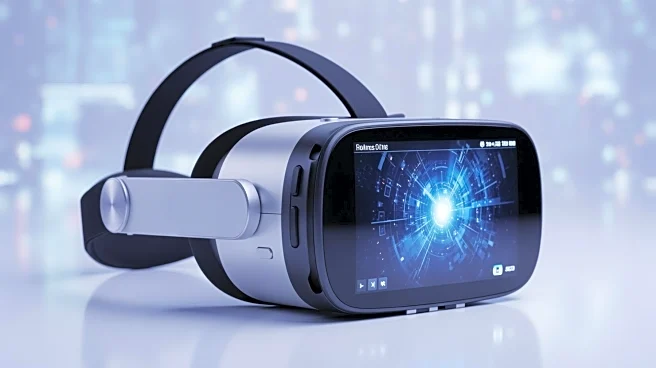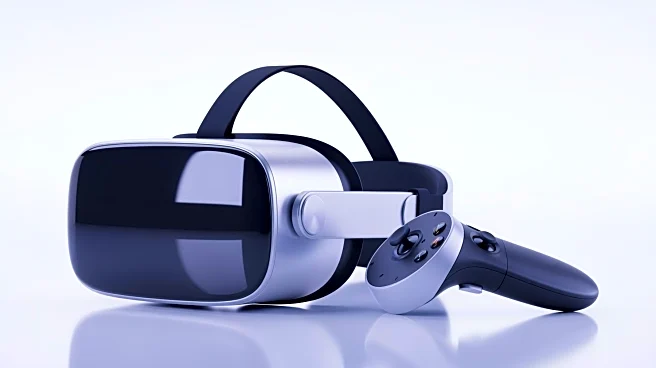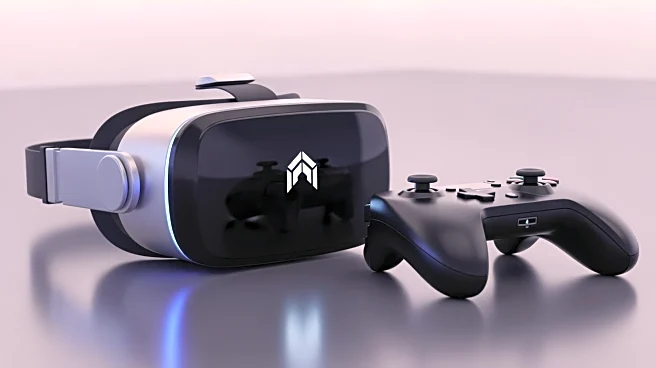What's Happening?
Valve has unveiled its new standalone VR headset, Steam Frame, which is set to launch in early 2026. The headset is designed to offer a 'streaming-first' experience, featuring a lightweight modular design and powered
by a VR version of SteamOS. It supports a wide range of games, including Linux, Windows, and Android titles, through an evolved Proton compatibility layer. The Steam Frame includes a wireless adapter for connecting to gaming PCs, addressing potential performance limitations on its mobile chipset. The headset features four onboard greyscale cameras, internal controller tracking, and eye tracking for foveated streaming. Initial hands-on experiences have praised its lightweight feel and seamless integration with VR content, although some tracking response issues were noted.
Why It's Important?
The introduction of the Steam Frame headset marks a significant advancement in VR technology, particularly in the realm of standalone devices. By emphasizing streaming capabilities and broad game compatibility, Valve aims to enhance the accessibility and appeal of VR gaming. This development could potentially expand the VR market, attracting more users and developers to the platform. The competitive pricing, likely below $1000, positions the Steam Frame as an attractive option for VR enthusiasts, potentially driving increased adoption and innovation in the industry.
What's Next?
As Valve prepares for the Steam Frame's launch, further optimization and feedback from developers are expected to refine the headset's performance. The gaming community and industry stakeholders will be closely monitoring the rollout, assessing its impact on VR technology and market dynamics. Valve's continued updates and improvements will be crucial in maintaining interest and ensuring the headset's success.











